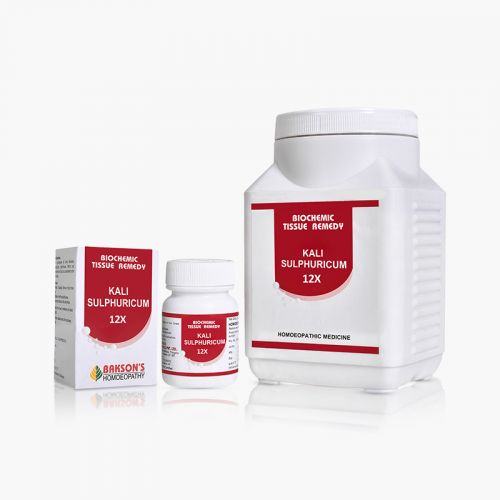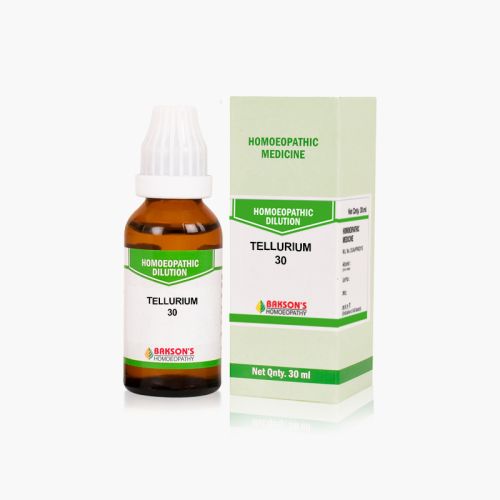We use cookies to make your experience better. To comply with the new e-Privacy directive, we need to ask for your consent to set the cookies. Learn more.
What is Jock Itch?
Jock itch also called as Tinea cruris, is an infection involving the genital, pubic, perineal, and perianal skin caused by pathogenic fungi known as dermatophytes. Intertriginous areas are suitable environments for fungus with sweating, maceration, and alkaline pH being responsible for the groin's predisposition to the infection.
The dermatophytes affect the keratinised structures such as hair and the epidermis stratum corneum causing the array of symptoms. Though the basic pathophysiology remains unknown, these organisms use proteinases to digest keratin found in the skin's stratum corneum.
Tinea cruris affects almost 25 percent of the worldעs population and is usually seen in countries with high temperatures and humidity. Males are more commonly affected by this.
Causes
Tinea cruris is caused by dermatophytes belonging to three genera, Trichophyton, Epidermophyton, and Microsporum. Of all this, Trichophyton rubrum remains the most common cause of tinea cruris. Risk factors like excessive perspiration, occlusive clothing, improper hygiene, diabetes mellitus, immunocompromised, and lower socioeconomic status also predispose an individual to the infection. Patients with Diabetes mellitus are often predicted to have a chronic and relapsing disease.
Sign and symptoms
The most common presentation is a pruritic rash involving the groin. The area may be irritated and painful if maceration is present, and secondary infections may result in inflammation and discomfort.
On physical examination, an erythematous, scaly, annular plaque with a raised leading edge and central clearing can be seen extending anywhere from the groin, upper thigh, and perineum, to the perianal region.
Diagnosis
The patients must be investigated for history with respect to diabetes, immunocompromised, renal disease, or hepatic dysfunction. Physicians must also inquire about excessive sweating, wardrobe changes and personal hygiene of the patient. Potassium hydroxide (KOH) preparations, skin biopsy with periodic acid-Schiff (PAS) stain, and fungal cultures on Sabouraudעs agar media can be utilized when the diagnosis is suspected or in the case of recurrent or recalcitrant episodes.
General management
The patient must maintain the local hygiene in order to prevent the progression of the existing infection and to avoid any relapse. Suitable medication must be prescribed by the physician.
Disclaimer: The information provided herein on request, is not to be taken as a replacement for medical advice or diagnosis or treatment of any medical condition. DO NOT SELF MEDICATE. PLEASE CONSULT YOUR PHYSICIAN FOR PROPER DIAGNOSIS AND PRESCRIPTION.
- #B 64 DROPSSpecial Price ₹ 160.00 Regular Price ₹ 200.00
- BACILLINUM 30₹ 100.00
- BAKSON #B 23 DROPSSpecial Price ₹ 160.00 Regular Price ₹ 200.00
-
- BCT # 20 (SKIN DISEASES)-250TABSpecial Price ₹ 84.00 Regular Price ₹ 105.00
- CHRYSAROBINUM 30₹ 100.00
-
-
- SULPHUR OINTMENT- 25 GM₹ 75.00
- TELLURIUM 30₹ 100.00














